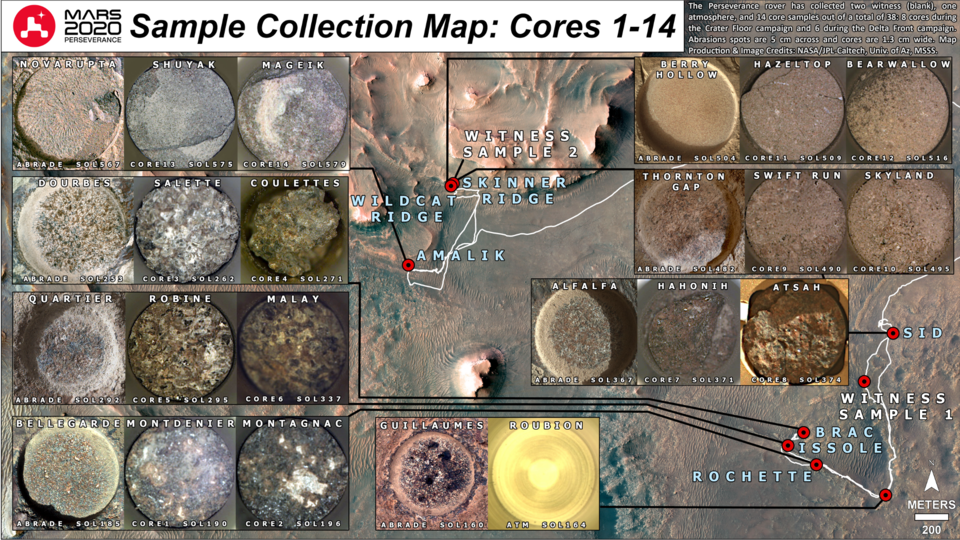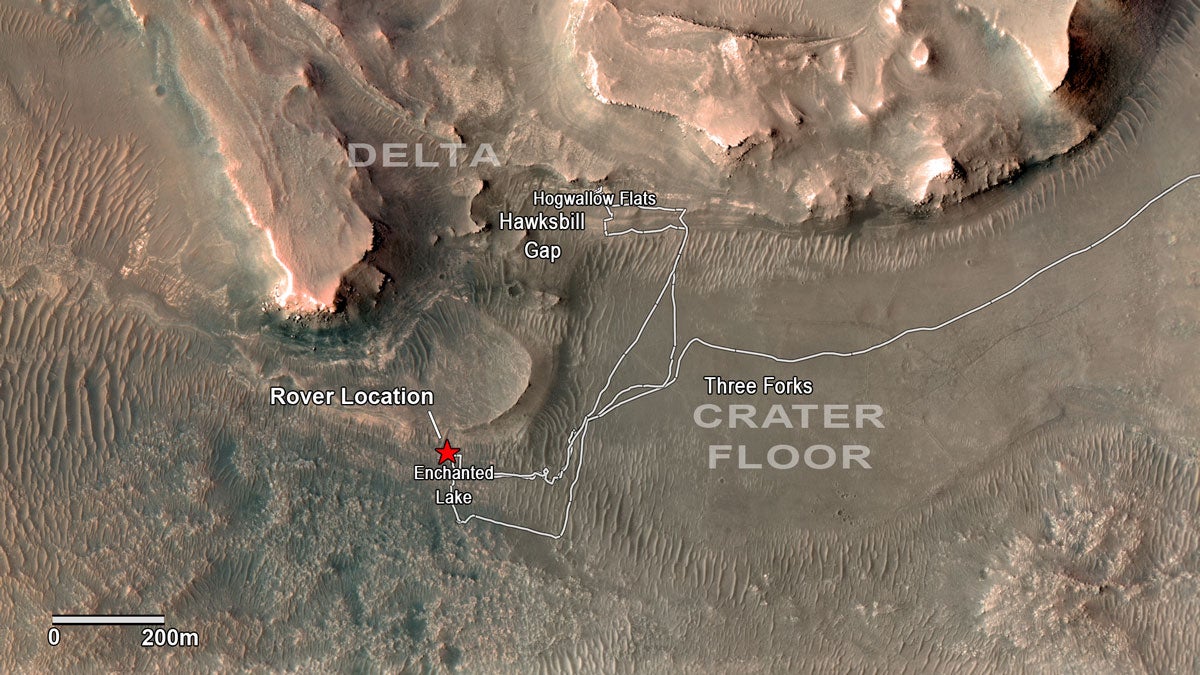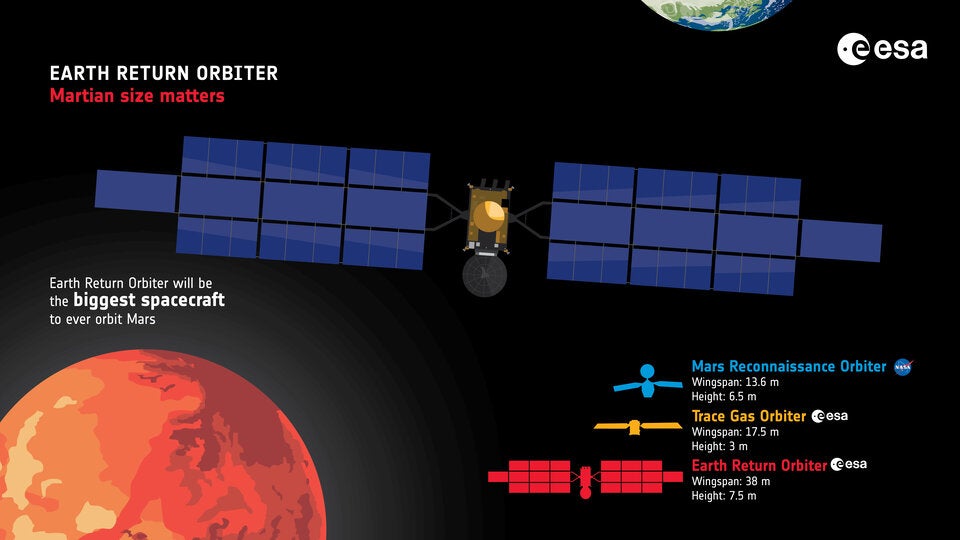Scientists pick stash site for Mars soil samples collected by Perseverance rover
The soil samples drilled by the Perseverance Mars Rover could be returned to Earth by the early 2030s
Nasa Perseverance Rover will soon stash select samples of the Martian soil in an underground cache to await retrieval by the joint Nasa-European Space AgencyMars Sample Return Mission at the end of the decade.
Nasa’s Perseverance rover has traveled more than eight miles and drilled 14 samples of Martian soil and rock since landing on the Red Planet in February 2021, and has the capacity to drill and store 24 more such samples. Nasa and ESA have now selected the first 10 of those samples — sealed airtight in metal tubes — to be buried in anticipation of the future mission that will bring them back to Earth for analysis, where scientists may finally answer the question of whether there is, or ever was, life on Mars.
“Never before have a scientifically-curated collection of samples from another planet been collected and placed for return to Earth,” Nasa associate administrator for science Thomas Zurbuchen said in a statement.
Perseverance landed in Jezero Crater, an ancient impact basin that at one point held a lake in the distant past when liquid water flowed on the surface of Mars. The samples Perseverance has drilled so far come from the ancient lake bed and what was once a river delta, raised layers of now dry sediment that were deposited by an ancient river feeding the now dry lake.
Perseverance will soon maneuver to a particularly flat area on the bed of Jezero crater to stash its first 10 samples, a region called Three Forks.


“NASA and ESA have reviewed the proposed site and the Mars samples that will be deployed for this cache as soon as next month,” Dr Zurbuchen said. “When that first tube is positioned on the surface, it will be a historic moment in space exploration.”
The mission to retrieve the stashed tubes will launch no sooner than 2026, with the goal of returning the samples to Earth in 2033. That mission will deliver a Sample Return Rover and two helicopters similar to the Ingenuity helicopter that arrived on Mars along with the Perseverance rover.
After the samples are recovered — with some possibly delivered by the Perseverance rover itself, it is still functioning, a Mars Ascent Vehicle will launch the samples back into Mars orbit where they will rendezvous with the ESA-built Earth Return Orbiter spacecraft.

Past robotic missions to Mars conducted experiments to detect signs of existing or ancient life on Mars going back to the Nasa Viking landers in the 1970s. But while the evidence points increasingly to the possibility that conditions might once have been right for life on Mars, no experiments so far have shown conclusive evidence of life arising on the Red Planet.
But Robotic missions are limited. Once returned to Earth, the Perseverance samples can be analyzed by full laboratories bringing much more powerful analytical tools to bear than could ever be delivered to Mars.
“Bringing these samples to our labs would allow us to achieve breakthrough science and understand the specific Jezero area,” Mars Sample Return lead scientist for ESA Gerhard Kminek said in a statement. “We could also learn more about the environmental conditions on Mars at a time when life emerged on Earth, and maybe on the Red Planet.”



Join our commenting forum
Join thought-provoking conversations, follow other Independent readers and see their replies
0Comments